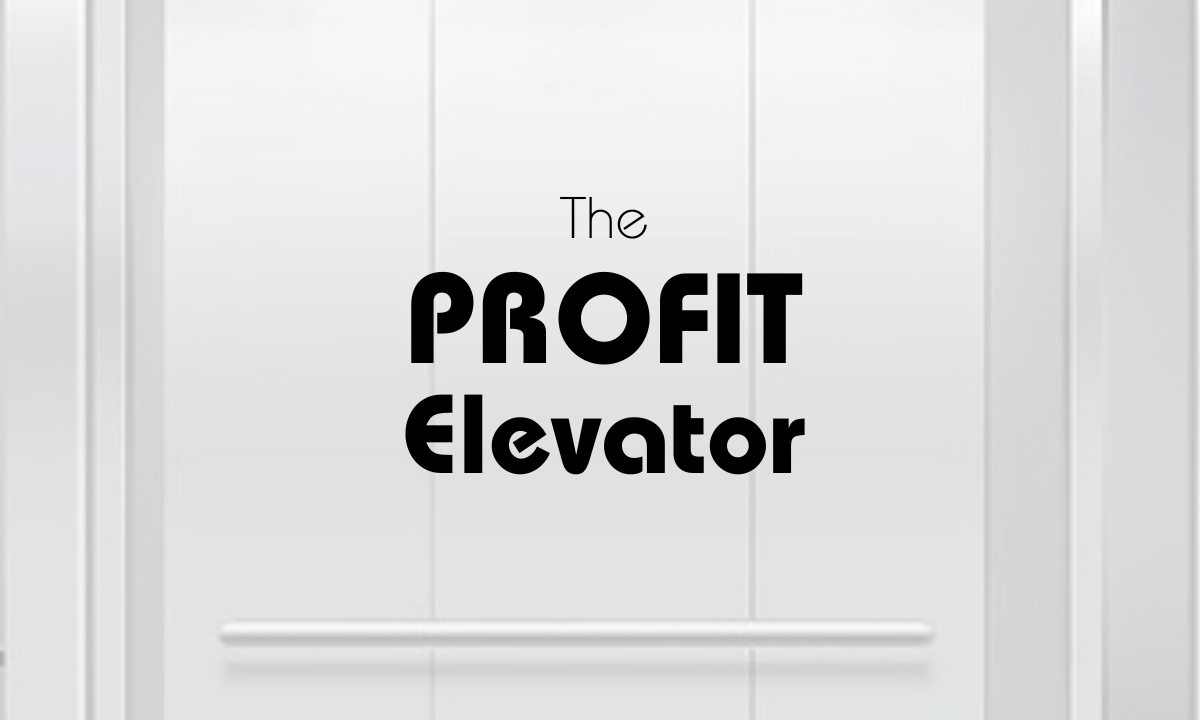
Defining a Startup
There are over three-quarters of a million new companies formed in the UK each year. The top three industries are wholesale and retail trade, construction, and property which together account for over a third of new businesses.
When we talk about new companies we must be specific. The help that an online store requires is different from that of a self-employed plumber. The word startup is most commonly reserved for technology companies.
Even technology companies is a vague phrase. There are fintechs, ag-techs, clean techs and health techs alongside any number of IT consultants.
The Profit Elevator focuses on companies that call themselves technology companies and are seeking rapid growth. They are looking to scaleup. What does that mean?
From Startup to Scaleup
There are three broad requirements for scaling a business:
Product market fit is achieved
Unit economics are established
There is a repeatable sales model.
Let’s take a look at each in turn.
Product Market Fit
Marc Andreesen says product market fit means finding a good market with a product capable of satisfying that market. Digging into this he means you are overwhelmed by usage and barely ship product fast enough to meet demand.
Other definitions include 40% of customers being “very disappointed” if they no longer have access to a product. Dan Olsen uses this model:

Source: Dan Olsen
Successful investors say the most common problem is startups thinking they have product market fit when they do not. The reason is companies really want their product to fit a market, rather than being prepared to change the product to suit demand. Andreesen says market is more important than people or product.
It doesn’t matter how much funding you raise, you will not succeed if there is no market.
Unit Economics
There are lots of financial metrics that people say are the most important. In the end you must generate more cash than you spend and if you are bootstrapping this is paramount. If you are talking to investors you might consider:
Customer Acquisition Cost:
Sales and Marketing Expense / Number of New Customers
Lifetime Value:
Average value of sale x Number of sales x Retention time period
Contribution Margin:
(Total revenue – variable costs) / Total revenue
Payback Period:
(Initial investment – Opening cash flow) / Closing cash flow
There’s lots of detail behind these formulae:
What are sales and marketing expenses
How long will customers stick with a product
What’s a variable cost and
What cash flows will an investment earn?
When your business is brand new these numbers are guesswork. You must focus on a minimum viable product and generating sales. Investors will focus on total market size and whether they think you’ve got what it takes to be successful.
If you’d like help calculating these numbers then reply to The Profit Elevator email.
A Repeatable Sales Model
A repeatable sales model is at Level 3 of the Capability Maturity Model Integration developed by Carnegie Mellon University.

Source: Wikipedia
In levels 1 and 2 you chase the market with an ill-defined process. By level 3 you are in control. In level 4 you know how long it takes to move customers through each phase of the sales process and in level 5 your time is spent shortening those times.
If you don’t know why people buy from you, or if you have to keep changing your story to meet different client objections, then you will not scale.
Scaleup Technology Companies
Technology companies that attract venture capital investors are likely to be growing at least 50% per annum. The top 10% grow at over 100% p.a. according to Startup Genome.
If you are not growing that fast you are either not a scaleup or not a technology company. That’s fine, but you may need to revisit your expectations and funding plans.
Very few technology scaleups are bootstrapped. The investment needed to develop product that meets a demand and is shipped fast enough to deliver 50% p.a. growth is too high.
The essential thing is to target a niche and stick to it. Scaleups don’t have time to change product to meet demand because they are too busy shipping.
If you regularly discuss feedback from buyers about features that might make your product sell then you need to rethink. This is hard for most founders to do and investors sniff out that resistance to change.
This is why the Harvard Business Review reports venture capitalists review 101 opportunities for every investment they make.
I'm Simon Maughan and I write The Profit Elevator as a guide for startups looking to scale.
Please share this newsletter with a friend or two who is trying to grow their business.
